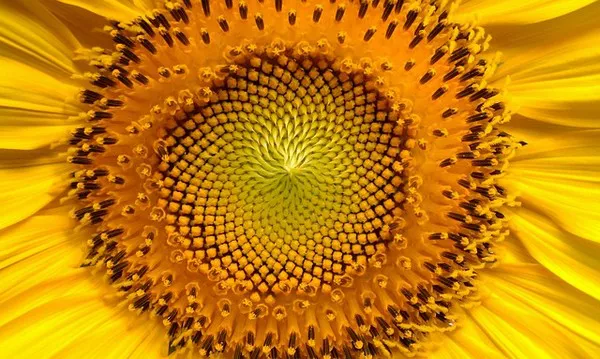As concerns about declining bee populations continue to grow, individuals can play a crucial role in supporting these essential pollinators by creating bee-friendly gardens. One of the most effective ways to attract bees to your garden is by planting flowers that provide them with the nectar and pollen they need. In this article, we will explore some of the best flowers to attract bees, helping you create a vibrant and pollinator-friendly space.
Lavender (Lavandula spp.):
Lavender is not only prized for its aromatic scent but also for its ability to attract bees. Bees are particularly fond of the tiny, fragrant flowers that adorn lavender spikes. Planting lavender in your garden not only adds beauty but also serves as a reliable source of nectar for bees throughout the blooming season.
Sunflowers (Helianthus spp.):
Sunflowers, with their large and vibrant blooms, are a favorite among both gardeners and bees. The abundant pollen and nectar offered by sunflowers attract various bee species. Opt for varieties with open faces, allowing bees easy access to the nectar-rich center. Sunflowers also add a cheerful and sunny disposition to your garden.
Coneflowers (Echinacea spp.):
Coneflowers, with their distinctive spiky centers and colorful petals, are a magnet for bees. These hardy perennials bloom from late spring to early autumn, providing a continuous supply of nectar. Bees are particularly attracted to the flat, wide disc-shaped flowers, making coneflowers a valuable addition to any bee-friendly garden.
Bee Balm (Monarda spp.):
As the name suggests, bee balm is a favorite among bees. This herbaceous perennial produces vibrant, tubular flowers that bees find irresistible. Bee balm, also known as Monarda, comes in various colors, including shades of pink, red, and purple. The nectar-rich blooms are not only attractive to bees but also to butterflies and hummingbirds, creating a diverse and dynamic ecosystem in your garden.
Salvia (Salvia spp.):
Salvias, with their spiky, densely packed flower spikes, are a fantastic choice for bee-friendly gardens. Bees are drawn to the tubular blossoms that many salvia varieties offer. Planting different types of salvias ensures a prolonged blooming period, providing a continuous food source for bees. Additionally, salvias are known for their resilience and ability to thrive in various climates.
Butterfly Bush (Buddleja spp.):
While primarily attracting butterflies, the aptly named butterfly bush is also a favorite among bees. This deciduous shrub produces long panicles of fragrant flowers in various colors. The abundant nectar-rich blooms make it a beacon for bees, ensuring a steady flow of pollinators to your garden. Consider planting butterfly bush in a sunny location with well-drained soil.
Phacelia (Phacelia spp.):
Phacelia, also known as scorpionweed or bee’s friend, is an often-overlooked flower that deserves a place in bee-friendly gardens. The delicate, lavender-blue flowers are rich in nectar and attract a diverse range of bees. Phacelia is also valued for its ability to improve soil health, making it a beneficial companion in your garden.
Cosmos (Cosmos spp.)
Cosmos, with their feathery foliage and daisy-like flowers, are not only easy to grow but also excellent at attracting bees. These annuals produce an abundance of nectar-rich blooms, making them a reliable food source for bees. Cosmos come in various colors, adding a touch of whimsy and charm to your garden while supporting pollinators.
Foxglove (Digitalis spp.):
Foxglove, with its tall spikes of tubular flowers, is a stunning addition to bee-friendly gardens. Bees are attracted to the intricate blossoms, and the tubular shape allows easy access to the nectar. Foxglove is a biennial or short-lived perennial, providing a unique vertical element in your garden and attracting bees with its showy blooms.
Asters (Aster spp.):
Asters are late-season bloomers that provide bees with a valuable food source in the fall. These daisy-like flowers come in a variety of colors, including shades of pink, purple, and blue. By planting asters, you extend the availability of nectar for bees, ensuring they have resources as they prepare for winter. Asters also contribute to the overall aesthetic appeal of your garden during the autumn months.
See Also What Are The Best Annual Flowers To Attract Hummingbirds
Conclusion:
In conclusion, creating a bee-friendly garden is a rewarding endeavor that not only enhances the beauty of your outdoor space but also contributes to the well-being of these vital pollinators. By incorporating a variety of flowers that offer nectar and pollen throughout the seasons, you can attract and support a diverse community of bees. Whether you have a small balcony or a sprawling backyard, planting the right flowers can make a significant difference in sustaining bee populations and promoting biodiversity in your local environment. Embrace the joy of gardening while making a positive impact on the world of pollinators.


